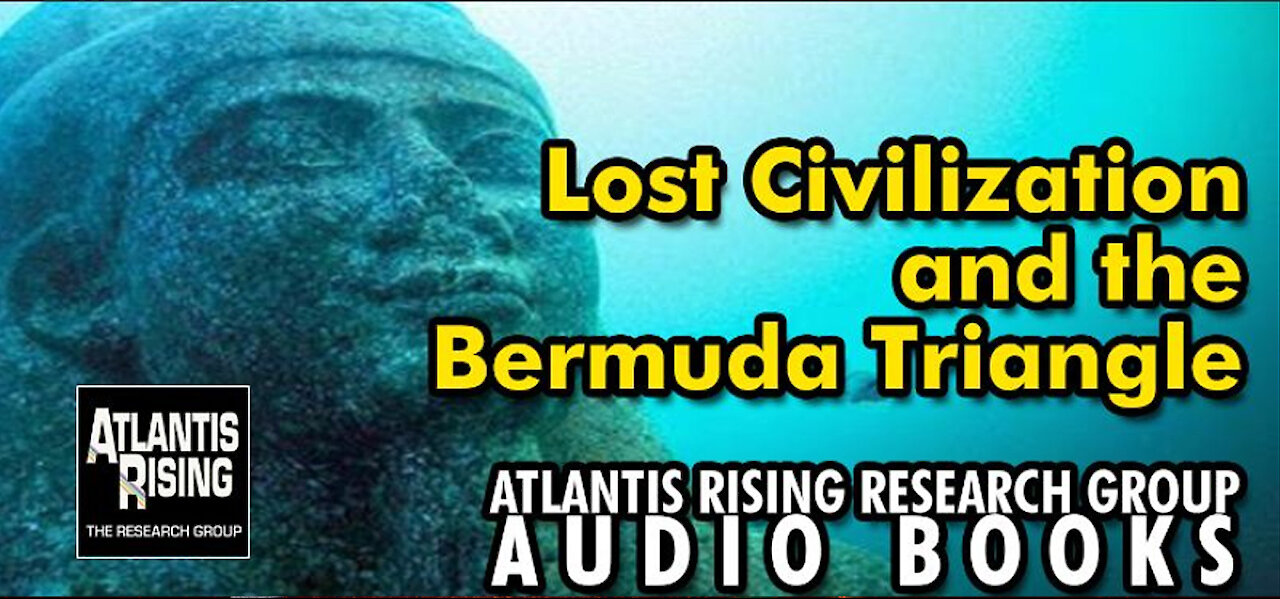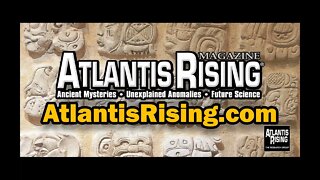Premium Only Content

Lost Civilization and the Bermuda Triangle - From Atlantis Rising Magazine
Visit Atlantis Rising Research Group at https://www.atlantisrising.com/
From November 2006—Bimini Side-Scan Sonar Project
A November 2006 expedition conducted a side-scan sonar and sub-bottom profiling project at Bimini utilizing an underwater exploration company. Archaeologist Bill Donato organized and conducted this project with support from the A.R.E. The side-scan sonar off west Bimini was done in a large rectangular area roughly two by five miles. The computer-assisted sonar yields bottom images that are similar to an aerial photograph showing contours and details of whatever may be on the bottom. While sunken ships, cargo, and unusual formations were found by this huge project, one finding, in particular, caught Donato’s attention. It was a series of uniform, consistently oriented, rectangular structures at a depth of 100 feet. Over a dozen of these building-sized formations were found by the sonar. They ranged in size from 5-20 feet by 10-25 feet. An effort was immediately made to dive to these sites; however, strong bottom currents made reaching them impossible. It is now known that the sea levels at Bimini in 10,000 B.C. were about 110 feet lower than today, so the presence of these rectangular formations at 100 feet was intriguing, to say the least. (Note that these were re-found and inspected in June 2007, which is described later.)
May 2007—Andros Exploration
Drs. Greg & Lora Little made a weeklong expedition in May to North Andros with Bahamas’ boat/dive operators Krista and Eslie Brown. The purpose of this trip was to conduct a wide, systematic survey of the Great Bahama Bank and explore the small islands just north of Andros. An aerial survey of a portion of the Great Bahama Bank was taken on the way to Andros to locate several intriguing dark features that had been previously seen from the air, but never directly investigated. Several of these features were found and the GPS coordinates of them were taken by the plane. All of these were then visited by boat.
Findings at Underwater Dark Features on the Great Bahama Bank
One of the most interesting dark features found on the Bahama Bank, dubbed the “tee and ball” by Lora Little, consisted of a several-hundred-foot-long dark formation shaped like a massive golf tee with a round dark “ball” at its top. It is located about 25 miles offshore. Found in an area where the seabed is white sand, the black formation on the bottom is formed primarily from dense turtle grass. These grassy areas are heavily populated by a wide variety of fish, turtles, and sharks. The “ball” next to the “tee” had a boat trailer dumped in it along with several huge tires. This type of dumping is done by Bahamas’ fishermen to increase the cover for fish. However, the long “tee” consisted of a line of scattered stone blocks, which allowed the buildup of turtle grass. The blocks are far too large for ship ballast and were not dumped into piles. All of the dark features on the Great Bahama Bank are in depths of 20-30 feet of water.
Two other dark formations on the Bank were also found to be formed from stone slabs. These also were far too large to be ballast stone for ships; however, all of them, including some that were elevated into large “piles,” were covered by a considerable amount of sand. More investigations of these dark features on the Great Bahama Bank are described later.
-
 0:19
0:19
Atlantis Rising Research Group
2 years agoJoin the ATLANTIS RISING RESEARCH GROUP!
1.13K1 -
 48:02
48:02
Survive History
8 hours agoCould You Survive as a Sharpshooter in the Napoleonic Wars?
8.79K1 -
 12:03
12:03
Space Ice
9 hours agoSteven Seagal's China Salesman - Mike Tyson Knocks Him Out - Worst Movie Ever
5.68K13 -
 11:37
11:37
Degenerate Jay
8 hours agoJames Bond Needs Quality Over Quantity From Amazon
4.04K2 -
 15:23
15:23
Misha Petrov
8 hours agoTrad Wives & Girl Bosses Go to WAR!
6.59K27 -
 2:03:11
2:03:11
TheDozenPodcast
7 hours agoFootball villain fighting the state: Joey Barton
3.29K -
 LIVE
LIVE
Scottish Viking Gaming
10 hours ago💚Rumble :|: Sunday Funday :|: Smash the Blerps and Vape the Terpes
792 watching -
 1:45:00
1:45:00
RG_GerkClan
11 hours ago🔴LIVE Sunday Special - It's Time for World Domination - Civilization VII - Gerk Clan
58.5K27 -
 LIVE
LIVE
Major League Fishing
4 days agoLIVE Tackle Warehouse Invitationals, Stop 1, Day 3
120 watching -
 23:34
23:34
marcushouse
12 hours ago $15.13 earnedBREAKING: Starship Launch IMMINENT – But What’s This SURPRISE Flight 9 Plan?! 🚀🔥
105K11